Last updated on October 30, 2023
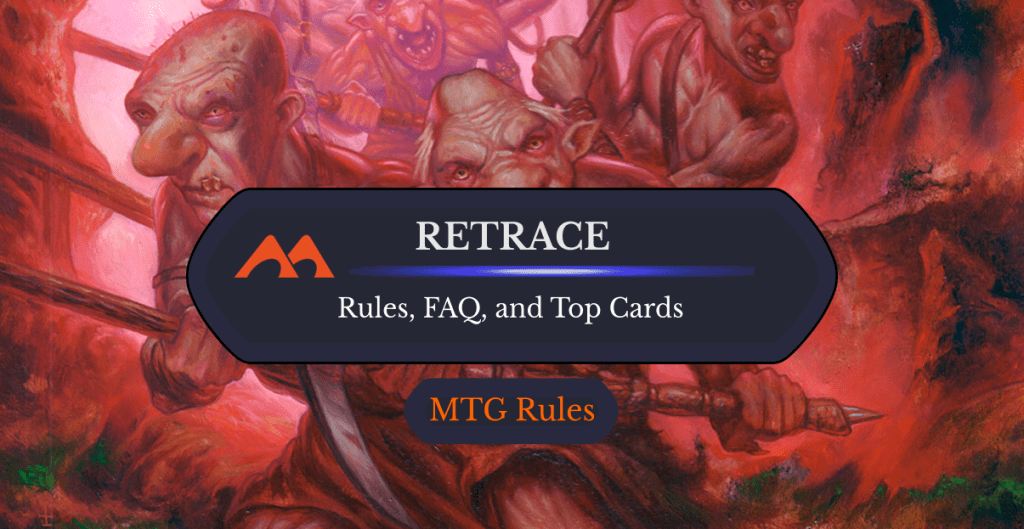
Waves of Aggression | Illustration by Jim Pavelec
Have you ever found yourself wishing you could access a spell in your graveyard so you could run it back and win the game? Maybe you don’t like flashback as a mechanic since you can only use the spells once. Well, if that’s the case, retrace is the mechanic for you.
And lucky for you, that’s exactly what I’m here to talk about today. Let’s get into it!
How Does Retrace Work?

Spitting Image | Illustration by Jim Nelson
Simply put, retrace is an ability that allows you to cast a spell from your graveyard by discarding a land on top of its casting cost. So, let’s say a spell that costs has retrace and is in your graveyard. You’d discard a land and then pay to cast that card from your graveyard.
The History of Retrace
Retrace first appeared in Eventide, which was released in July of 2008. Cards like Waves of Aggression and Glamerdye may sound familiar because they’re relatively strong cards that sport the retrace ability.
Sadly, as cool as the ability is, it’s a 7 on the storm scale. That means that outside of niche situations like Universes Beyond, Masters or Commander sets, we’re unlikely to see the mechanic return anytime soon (if at all).
Does Retrace Exile?
No, retrace doesn’t exile. When you retrace a card to cast it from your graveyard it does temporarily leave your graveyard since it needs to move to the stack to resolve, but it goes right back to the graveyard once it does, or if it gets countered.
That’s why the mechanic is so powerful. It’s very enabling and allows one card to be played many times on any given turn that it would best be useful.
Can You Retrace More Than Once? How Many Times Can You Retrace?
The only limit to how many times you can retrace is if you can pay the resources to do so. If you don’t have a land to discard then you can’t retrace, and if you don’t have the mana available then you can’t retrace.
But otherwise you’re able to retrace as many times as you want or need. It’s pretty wild and fun if you ask me.
Can You Spend One Card for Multiple Retrace Activations?
No, one card can only pay for one retrace activation. You’re not necessarily unlocking the ability to play a card back when you retrace it, you’re paying an additional cost. As with all additional costs, each payment is specific to each card. When you pay the cost for one, you still have to pay the cost for another, meaning you’d have to discard a land each time you want to cast a spell using retrace.
Do You Have to Pay the Mana Cost to Retrace?
Yes, you have to pay both the mana cost and the discard cost to retrace. Discarding a land isn’t an alternate cost, but an additional cost. You pay both, or you pay nothing.
Does Retrace Count as Casting?
Retrace does count as casting. It’s not the activation of an ability, it’s a keyword ability that just allows you to cast the card from your graveyard. It acts as a normal spell in all instances of it being retraced. It goes on the stack like normal and resolves like normal, returning to the graveyard whenever it’s done.
Retrace vs. Buyback
Retrace and buyback are fundamentally different mechanics in every aspect, aside from that you pay an additional cost for both of them and they both return to their original locations after being used.
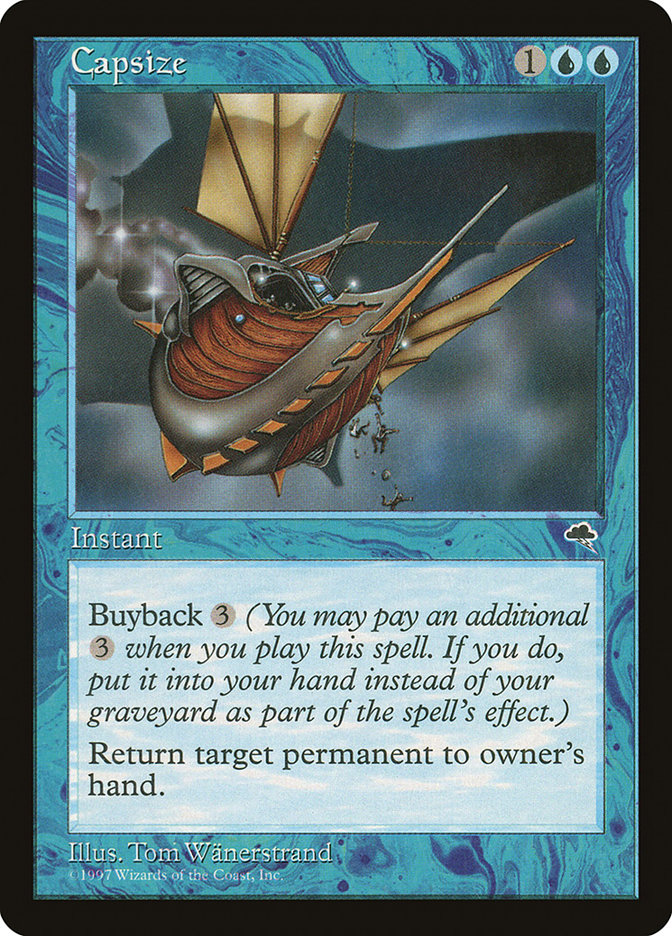
Buyback asks that you pay the additional cost as you cast the card from your hand to put the card back in your hand after it resolves. Capsize is a particularly well-known buyback card, and a good example of how strong the mechanic can be in the right situation.
Retrace can only be activated from the graveyard, and the card returns there after it’s done. The mechanic also exclusively calls for you to pay a land rather than any varying amount of mana. Retrace is much more viable in decks that care about cards being in the graveyard, or in decks with cards that synergize with the repeatable casting of a particular retrace card.
Retrace vs. Flashback
Retrace and flashback are also very different from each other. Flashback allows you to pay an alternate casting cost rather than an additional one, and it exiles the card that you cast from the graveyard.
It’s a lot less powerful than retrace because you can’t keep reusing the same card over and over and over. It’s a one-and-done thing, and we get to see flashback much more often than we do retrace thanks to that decrease in abusable power.
Retrace vs. Jump-Start
Retrace and jump-start are very similar aside from two major differences. Both cast from the graveyard, and both ask you to pay an additional cost (discard in both cases).
The first major difference is that jump-start doesn’t ask for any specific card type. This is exceptionally powerful in decks that want ways to discard cards extra quickly while still getting value out of the discard. By using the discard to power itself, you’re getting to cast a spell and set up for future turns all at once.
The second difference you’ll notice is that jump-start exiles the card after casting. It sucks, but it’s for the better. It limits the ways that the mechanic can be abused and makes sure that it isn’t too strong or oppressive in any format.
Best Retrace Cards
While the pool of retrace cards is relatively small and underwhelming at times, there are two cards that truly take the cake.
Waves of Aggression
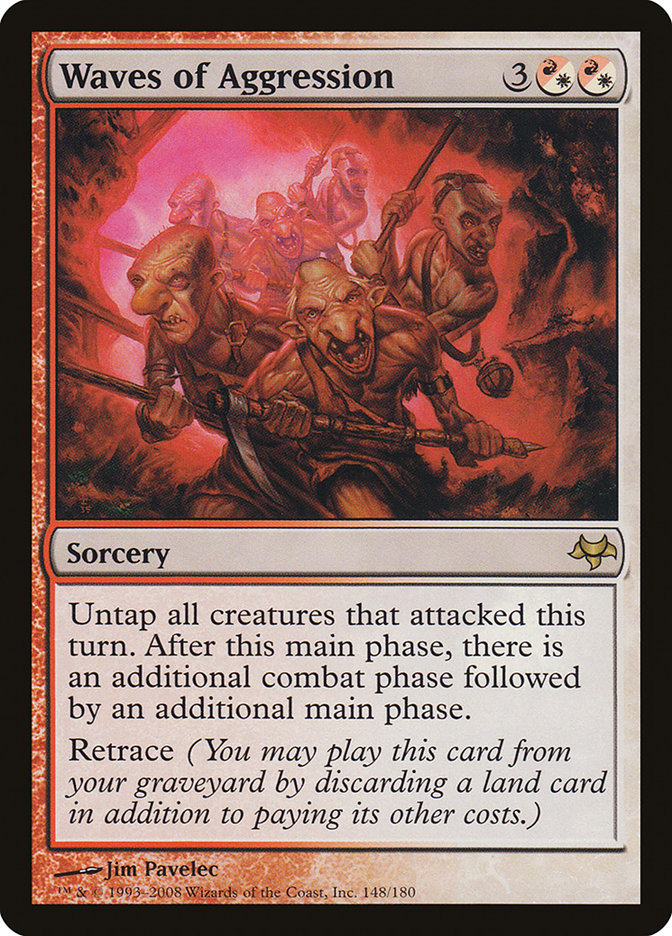
Waves of Aggression is wild in any deck that can afford to pay its cost over and over. It’s likely not seeing any play outside of Commander thanks to other Constructed formats not properly providing an environment where the card can be effective fast enough.
But this card can dish out serious damage in the right Commander deck by letting you get in two or three combat phases each turn. You’re sure to take somebody down with big enough creatures.
Wrenn and Six
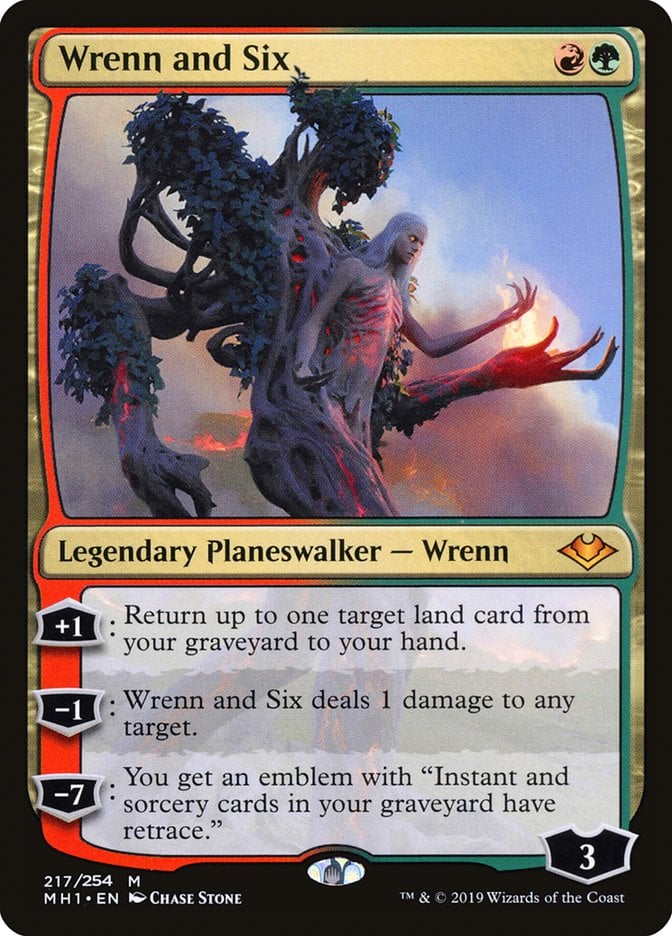
The second card deserving of an award here today is Wrenn and Six. You're surely familiar with it if you play Modern or got lucky with a Double Masters 2022 product. It’s a powerful planeswalker that allows you to give retrace to cards that don’t have it, allowing for wild combos.
But it’s mainly a solid recursion engine for fetch lands or other land-based decks, and it’s super cheap to cast as well. It’s a perfect threat in the right cardboard pile which is why it costs a fortune to put one in your binder. It undoubtedly takes the place as the best card with retrace to ever hit the battlefield.
Time to Retrace Your Steps
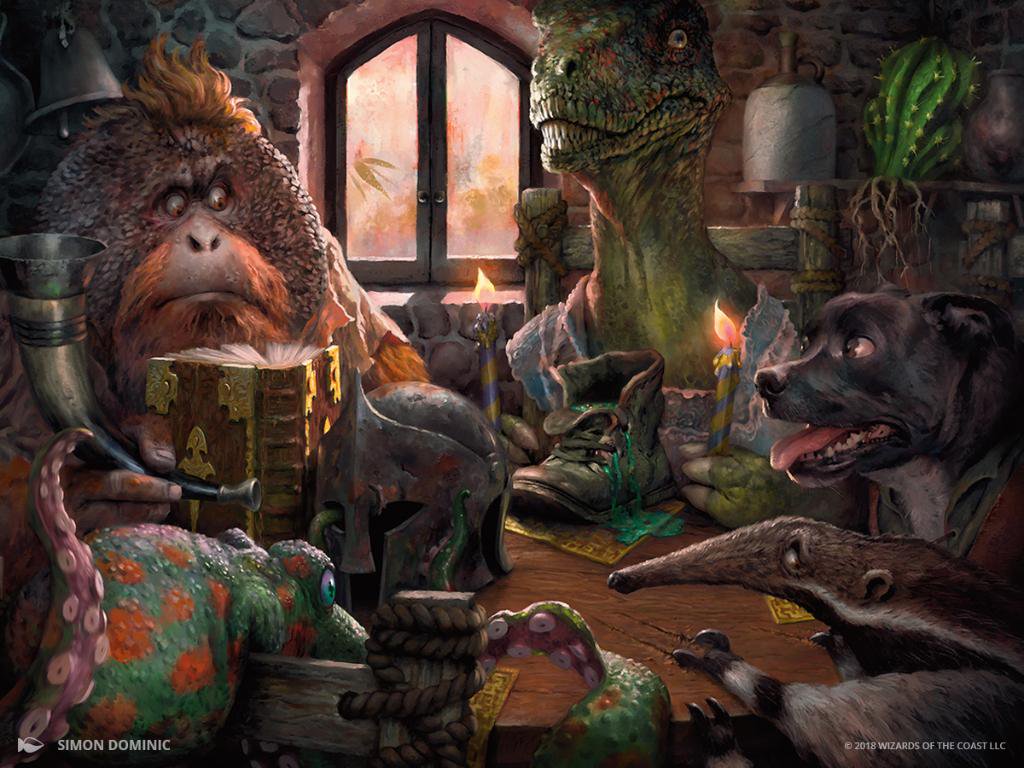
Reality Scramble | Illustration by Simon Dominic
I thoroughly enjoy retrace and wish we could see it more, but I also understand that it’s a very strong mechanic that doesn’t leave a lot of room for design space. It allows for unique interactions in a game and promotes interesting deckbuilding, so I doubt we’ll see it return in full. Probably just a card or two here and there.
What do you think? Does your opinion differ on the subject? Is there still something you don’t get about retrace? If so, feel free to start up a discussion in the comments below or join the discussion over in the Draftsim Discord.
It’s been an absolute pleasure to have you here, and I’m always hopeful to see you again soon. Stay safe, and I’ll see you later!
Follow Draftsim for awesome articles and set updates:


Add Comment